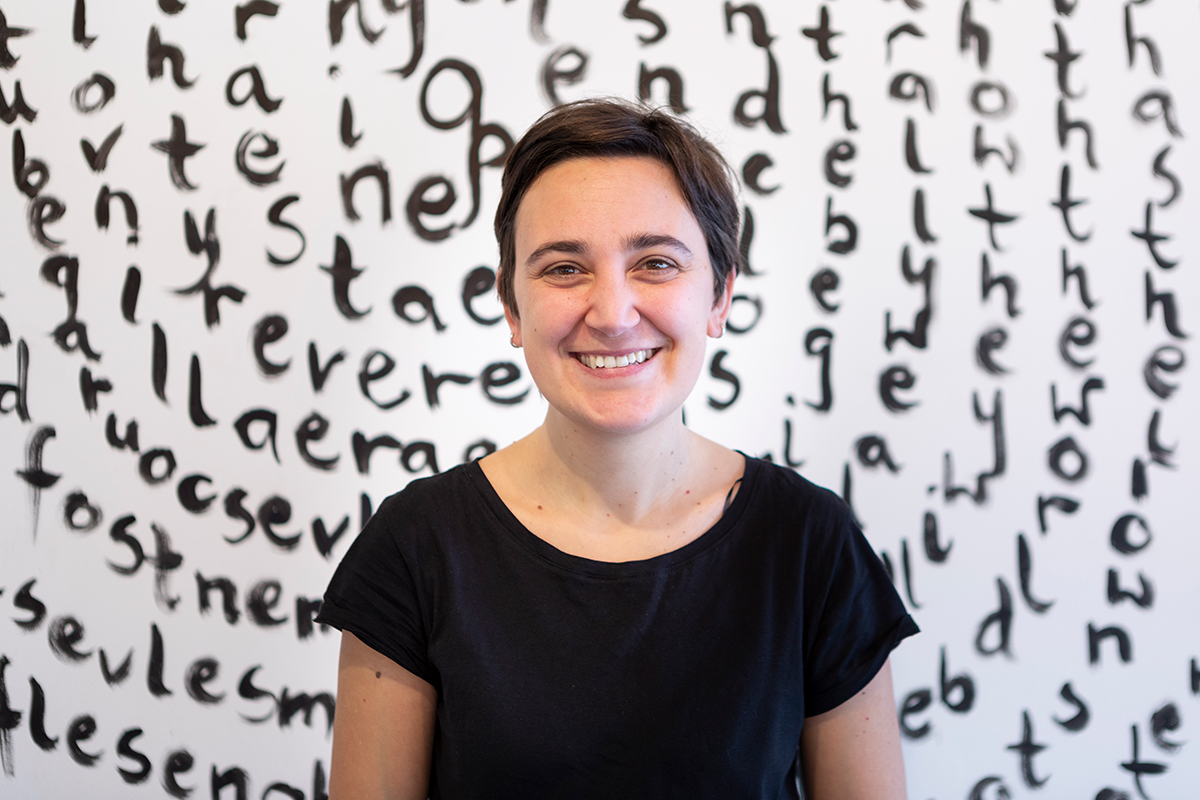
The Mother Tongues Festival is a multidisciplinary festival that celebrates linguistic and cultural diversity through the arts. It showcases new work by artists that have moved to Ireland from other countries and it aims to build community spirit through
creative workshops and performances in different languages. Participation is at the core of this festival and each year we attract an increasingly diverse audience.
The festival started in 2018 and it has since been funded by the Arts Council.
Website | Facebook | Instagram
[Upload date: 03/03/20]
How would you describe your daily routine?
For about six months of the year the festival is one of my daily priorities. I meet with artists, discuss ways to collaborate around the theme of the festival, I attend various shows and workshops and plan the schedule. I also spend about one day a week
on fundraising, grant writing and liaising with partner organisations. I spend a few hours a week reading and researching. Because most of the artists we collaborate with are relatively new to the Irish scene or may have recently moved to Ireland,
I spend time finding out about their work, the artistic landscape and the history of the country they come from. I work closely with Elena Cristofanon who has a big input in the entire process.
During the busy period on the lead up to the festival, the daily routine involves a bit of everything, as working in a small team of two means getting involved in all sort of tasks, from sending post to meeting ambassadors. When things are calmer, I regularly
reflect on lessons learned from previous editions and work on perfecting operational procedures to become more efficient with my time.
What would you say is your biggest challenge as a Festival Maker?
The Mother Tongues Festival has participation at its core, and many of the events we programme are in languages other than English. This means that our audiences are very diverse in interests and taste, and both artists and audiences may be new to Ireland,
so they may have never come to our festival before or they have never ventured into the spaces we work in. Our mission is to connect with people who speak languages other than English and to use languages as a medium to share moments of creativity
together. I find this challenging because the range of languages and audiences is wide-ranging, and it is important to truly understand audiences to meaningfully connect. This process is the most interesting but also the most resource intensive, and
therefore the biggest challenge for me is to balance the creative process with building relationships and trust with people, groups and cultures that are new to me.
What is the best piece of advice you received as a Festival Maker?
I have been very lucky to have met people with experience in this field who have shared their insights and have given me advice in a rage of areas, from fundraising to community engagement. The best piece of advice has been to make a long term strategic
plan and to take some time to develop a vision for the future of the festival.
How would you say your festival impacts on the surrounding locality?
This is the second year that we work in South Dublin County Council, specifically in Tallaght, and we have seen an increase in attendees from the local area. Tallaght and South Dublin County Council have an incredible richness in cultural and linguistic
diversity and we are confident that our festival has the potential to make a lasting impact on the local communities. It is still early days to measure our impact, but we met many people at the last edition who asked, “How can we get more of this?”.
What has receiving Arts Council funding meant to you?
The festival, probably like most festivals, was borne out of a passion and an interest in seeing something I wanted to experience but felt was missing in Ireland. Receiving funding from the Arts Council for me meant that the passion, vision and goals
have been understood and valued so this has given me the confidence to continue to improve the quality and ambition of the programme year after year.